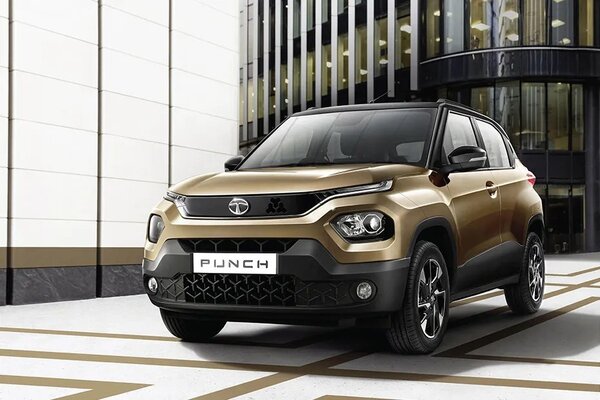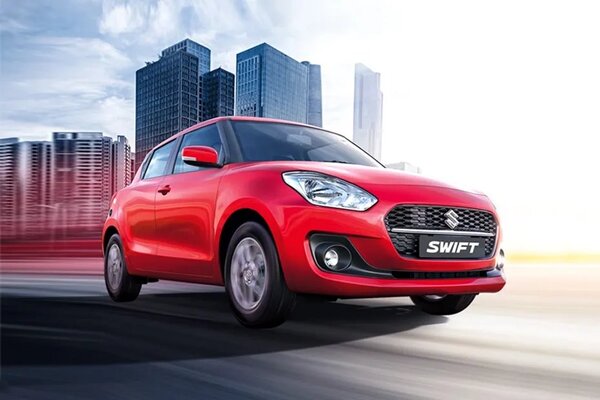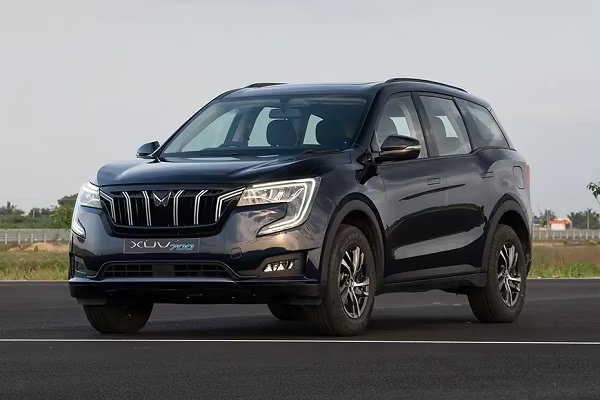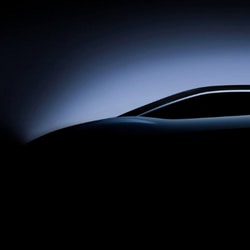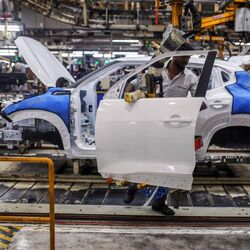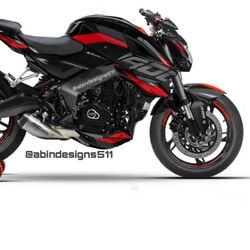Dominates its segment


Hyundai's latest iteration of the Verna is far-removed from the design philosophy of its previous rendering. Gone are the mundane lines, instead, a fresh and fluidic design language is all ready to invade our roads and conquer the sales-charts. Swept-back headlights adorn the front of the car and the hexagonal grille adds a degree of flair.
Longer than the older car, Hyundai has made the Verna look very balanced indeed. The previous models suspension layout is maintained, a combination of MacPherson struts up front and a torsion beam axle at the rear. Quality is top notch and the Verna weighs 1,191 kg, while its petrol sibling comes for 120 kg less. The interiors aren't as radical as we'd expected them to be, but they still look fresh. The beige cabin looks good with Hyundai providing small accessories. The rear passenger headrests hamper visibility and the front seats have poor under thigh-support. Ingress and egress may be an issue for some owing to the low stance while the flat floor for the rear will afford enough space for a fifth passenger. Generous legroom and an angled backrest make it comfortable. The car's 465-litre boot is generously trimmed and offers more than adequate space for large suitcases. The trouble is the loading lip that has a narrow aperture and is quite high.
Trending Cars
With climate control
The equipment list is a long one and the car features keyless entry, rear parking sensors, Bluetooth connectivity, climate control, an iPod-ready music system and steering-mounted audio controls for the base models.
Start her up, and you'll realise how refined Hyundai's latest U2 diesel engine is. Idle is a mild hum and even when you get going, noise and vibrations are well contained.
This 1.6-litre common-rail diesel churns out 126 bhp and 26.5 kgm of max torque. Its 20 to 80kph timing of 13 seconds is actually half a second off the older Verna's time. And this is despite the new car having an additional sixth ratio. In our tests, the Verna returned 13.8 kpl in the city and 17.9 kpl on the highway, while the petrol came in with 9.8 kpl and 15.3 kpl for city and highway respectively.
Verdict
The Verna's electrically -powered steering is a breeze to drive in the city, but the feel changes once you get to the highway. There is a disconcerting inconsistency with which the steering weights up, and you get precious feedback from the road. The ride quality is good with a softly set-up suspension that absorbs inconsistencies at low and high speeds. But high speed bumps tend to unsettle the car at times and straight-line stability isn't that reassuring. Enthusiastic driving is best avoided, but the 195/55 R-16 ridgestones will grind you to a halt in no time.
Hyundai Verna
Width: 1,700 mm
Front track: 1,495 mm
Rear track: 1,502 mm
Trunk volume: 465 litres
Rear interior width: 1,300 mm
Fuel Petrol/Diesel Installation: Front, transverse
Engine: 4-cyls in-line, 1,591cc, petrol 4-cyls in-line, 1.582cc, diesel
Bore/stroke: 77.0/85.44, 77.2/84.5
Compression ratio: 10.5: 1/17.3: 1
Type: Front-wheel drive
Gearbox: 5-speed manual
6-speed manual Construction: Monocoque, four-door, saloon
Weight: 1071kg/ 1191kg
Wheels: 5.5J X 16 inch
Tyres: 195/55-R16
Brakes: (f/r) Ventilated/solid discs
Price: R 8.94 lakh to R 10.04 lakh (ex-showroom, Delhi)







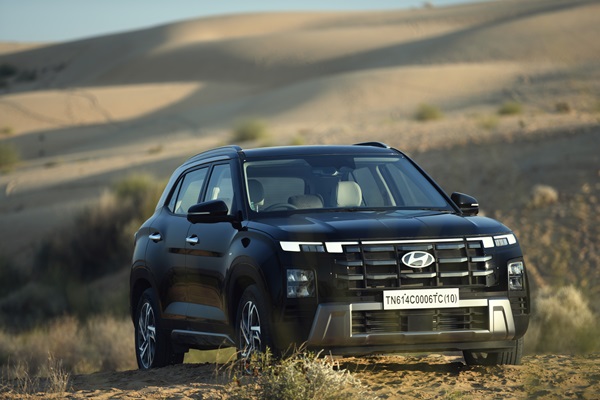
 1497 cc
1497 cc Multiple
Multiple
